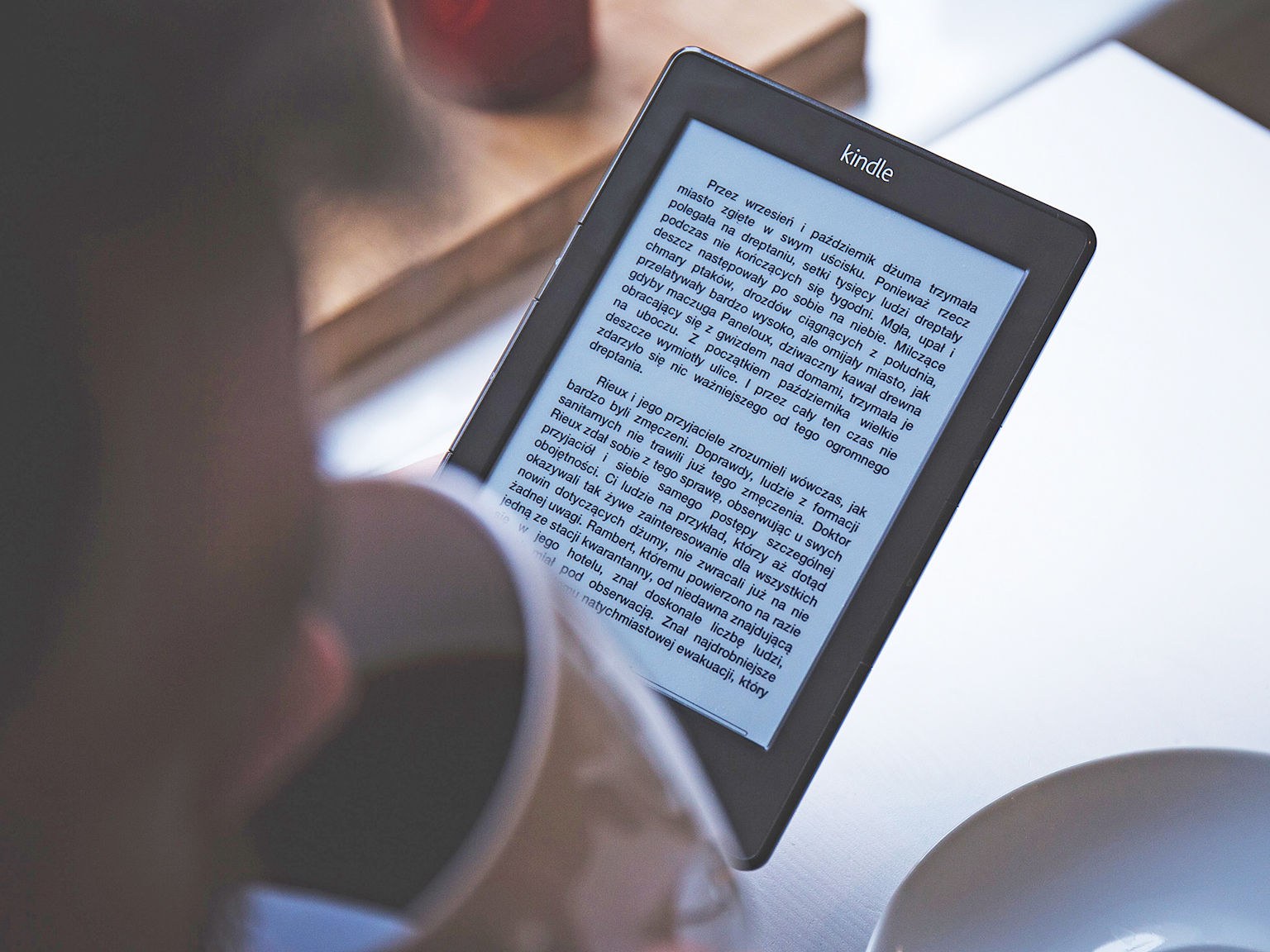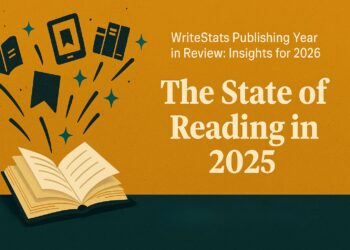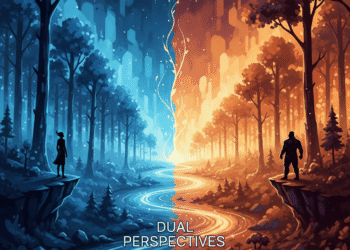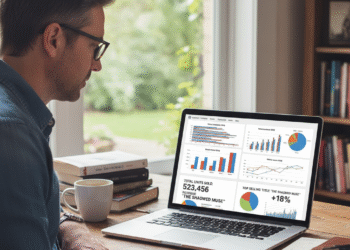“What data do reading apps collect?” It’s a question many book lovers have started asking, often right after downloading their third e-reading app of the year.
For many of us, our reading lives now live inside screens. Whether we’re swiping through Kindle, logging books on Goodreads, or diving into immersive reading apps like Scribd or StoryGraph, the digital reading world has made tracking, sharing, and discovering books easier than ever.
But it has also made something else possible: tracking you.
In this deep dive, we’ll explore what data reading apps collect, how it’s used, why it matters for readers and authors alike, and how understanding this digital ecosystem can actually make us more intentional readers.
Why We Should Care About What Data Reading Apps Collect
In the age of digital personalization, data is the quiet engine that drives our reading experience. It powers recommendations, syncs progress across devices, and helps platforms understand literary trends.
However, the same insights that make your app smarter about your next five-star read also create a detailed map of your reading habits, including what you read, how long you read, and even where and when you do it.
A 2023 Pew Research Center survey found that 46% of U.S. adults use a digital reading platform, and among them, nearly 70% reported that algorithmic recommendations influenced their next read. Those recommendations are powered by one thing: reader data.
So the real question isn’t just “what data do reading apps collect?”, it’s what story does your data tell about you?
The Core Categories: What Data Do Reading Apps Collect?
To understand the scope, let’s break down the main categories of data most reading apps gather.
1. Personal Information and Account Data
Every reading app begins with a profile, which includes your name, email, location, age, and sometimes even your interests.
This data helps apps personalize your dashboard and recommend content.
Some platforms, especially social or community-based ones (like Goodreads or BookSloth), also collect social connections and user-generated content such as reviews, comments, and reading lists.
2. Reading Behavior and Engagement Data
Here’s where things get interesting. Apps track:
- Pages read per session
- Reading duration (down to the minute)
- Time spent on specific pages or chapters
- Highlighting and note-taking habits
- Book completion rate
- Scroll speed or tap rate on mobile devices
This behavioral data paints a fascinating (and deeply personal) picture of your reading rhythm. For example, Kobo’s Reading Life program once revealed that romance readers finish books 25% faster than the average user, while nonfiction readers tend to pause more frequently and for longer stretches.
These micro-patterns not only help apps recommend better books, they also feed into industry-wide analytics, shaping marketing decisions, author visibility, and even publishing trends.
This official source explains how Kobo uses reader data for recommendations
3. Device and Location Data
Most apps collect device identifiers, operating systems, IP addresses, and sometimes GPS-based location data.
While this sounds intrusive, much of it is standard practice for app functionality: syncing libraries across devices, displaying local book offers, or optimizing download speeds.
However, location data also helps reading apps map regional reading trends, revealing, for instance, that cozy mysteries peak in colder climates or that fantasy novels surge during summer months.
That connects neatly to our past analysis in “Fall Reading Habits: Why Autumn Is the Coziest Season for Book Lovers”. We found that fall’s ambient coziness — combined with increased screen time indoors — directly correlates with a spike in e-reading engagement, particularly for comfort genres like romance and magical realism.
Those seasonal reading behaviors? They’re all data points.
4. Purchase and Subscription Data
When you buy or borrow books through reading apps, your transaction history, payment method, and spending frequency are logged.
This information is often used for:
- Personalized promotions (“You liked The Midnight Library, try this next!”)
- Dynamic pricing
- Publisher marketing analytics
Interestingly, BookStat reported in 2024 that digital sales now account for over 37% of total book industry revenue, and apps use purchase data to predict which genres or titles are likely to trend next quarter.
5. Community and Interaction Data
If you participate in a reading community — commenting, liking, or joining reading challenges — apps store those interactions too.
For example, when we examined social reading trends in “BookTok Seasonal Reading Trends: How BookTok Transformed Seasonal Reading Culture”, we discovered that engagement data from platforms like TikTok and Goodreads doesn’t just reflect popularity, it actively drives it.
In other words, when you review a book, you’re not only sharing an opinion; you’re contributing to a feedback loop that shapes digital literary culture.
How Reading Apps Use Your Data
Now that we’ve covered what data reading apps collect, let’s talk about the why.
Data in reading apps serves three main purposes: personalization, engagement optimization, and monetization.
Personalization: The Art of the Perfect Recommendation
Algorithms thrive on behavioral patterns. By understanding what you read and when you stop, they can predict what you’ll love next.
For example, if you tend to read psychological thrillers late at night and finish them quickly, the app’s algorithm might push similar dark, high-tension reads to the top of your recommendations.
This creates the illusion of a perfectly curated shelf, but it’s also an exercise in behavioral prediction.
And it works: according to Rakuten Kobo’s internal research, readers are 45% more likely to purchase a book recommended by an in-app algorithm than one discovered organically.
Engagement Optimization: Keeping You Turning Pages
Reading apps also use data to optimize your engagement.
They track how long users stay in the app, which features they use most, and which books or genres cause them to drop off.
This helps developers improve features, but it also drives habit-forming design.
For example, some apps introduce gamified badges (“You read 5 days in a row!”) to encourage consistency, while others subtly highlight unfinished books to nudge completion.
Monetization: Turning Reading Data into Insights
Aggregated reader data is valuable to publishers and marketers. It helps answer questions like:
- Which genres are trending among 18–25-year-olds?
- How fast do readers typically finish debut novels?
- Which book cover designs correlate with higher click-through rates?
Publishers use this insight to adjust marketing spend, cover art, and even release timing. In effect, your reading time becomes part of a much larger dataset guiding the next wave of publishing decisions.
Privacy and Consent: The Hidden Layer of What Data Reading Apps Collect
Here’s where things get tricky.
Most reading apps disclose their data practices in lengthy privacy policies, documents that nearly 80% of users admit to never reading, according to a Deloitte consumer survey.
Within those policies, users typically grant permission for:
- Data collection for personalization
- Third-party analytics and advertising
- Aggregated usage statistics shared with partners
While most data is anonymized, the depth of behavioral data, such as when you stop reading a book about trauma or highlight a passage about grief, raises ethical questions about reader privacy and emotional analytics.
Some privacy advocates refer to this as “literary surveillance,” suggesting that our most intimate reading experiences — once entirely private — are now measurable, trackable, and potentially marketable.
Are Reading Apps Selling Your Data?
The short answer: rarely directly, but often indirectly.
Most reputable platforms don’t sell identifiable user data. Instead, they share aggregated, anonymized insights with publishers and advertisers.
For example:
- “Romance readers finish books 30% faster than average.”
- “Fantasy readers in the Midwest buy 2.3x more books in Q4.”
These generalized insights inform marketing campaigns, ad placement, and product development.
However, smaller or free reading apps may partner with third-party advertisers who use tracking cookies or cross-app analytics, a less transparent form of data sharing that blurs the privacy line.
The Surprising Upside: How Data Can Improve Reading Culture
It’s easy to view data collection as invasive, but there’s another side to the story.
Reader data has helped the publishing industry:
- Identify rising indie authors based on organic engagement
- Optimize accessibility features like dyslexia-friendly fonts
- Detect declining reading retention in specific demographics and fund literacy initiatives accordingly
In fact, StoryGraph’s success as a data-transparent alternative to Goodreads stems from its user-first analytics approach, giving readers insight into their own habits rather than exploiting them.
The app’s 2024 transparency report revealed that over 68% of users use data insights to set or track annual reading goals, suggesting that when used ethically, data can empower readers, not exploit them.
How to Protect Your Reading Privacy (Without Giving Up the Apps You Love)
If you love the convenience of reading apps but want to protect your digital footprint, here are practical tips:
- Review privacy settings — Most apps allow you to limit data sharing or turn off third-party tracking.
- Use privacy browsers — Access reading platforms via browsers like Firefox or DuckDuckGo when possible.
- Avoid linking multiple platforms — For example, don’t connect Goodreads with Facebook if you want to minimize data overlap.
- Opt for transparent apps — Platforms like StoryGraph and Libby have clearer data-use disclosures than some major retailers.
- Download your data — Many apps (including Kindle) now allow users to request a full export of their data. Reviewing it can be eye-opening.
What Happens Next? The Future of Reader Data
The conversation around what data reading apps collect is just beginning.
As AI-driven recommendation engines evolve, reading data will likely become even more sophisticated, incorporating emotional sentiment, biometric reading (through e-ink eye tracking), or even mood-based curation.
Imagine an app that recommends a book based on your current stress levels or attention span. That’s where we’re headed.
But with innovation comes responsibility. Readers are becoming more aware— and more vocal —about demanding transparency, consent, and the ethical use of their reading patterns.
In response, industry trends are shifting toward privacy-first personalization, where algorithms learn from your preferences without storing identifiable data.
Think of it as the difference between being observed and being understood.
Final Thoughts: The Story Our Data Tells
Ultimately, what data-reading apps collect is more than a privacy question; it’s a reflection of how digital reading has transformed the act of reading itself.
Where once our reading lives were entirely private, now they are part of a collective narrative, one that helps authors reach readers, publishers adapt, and readers discover stories they might never have found otherwise.
The challenge is ensuring that, as technology deepens its role in our literary lives, we don’t lose sight of the quiet intimacy that makes reading magic in the first place.
Data can help us understand ourselves as readers — our rhythms, our cravings, our curiosities — as long as we keep asking the right questions about who’s listening.
So the next time you open your favorite reading app, take a moment to wonder:
What story is my reading data telling, and who’s reading it?









